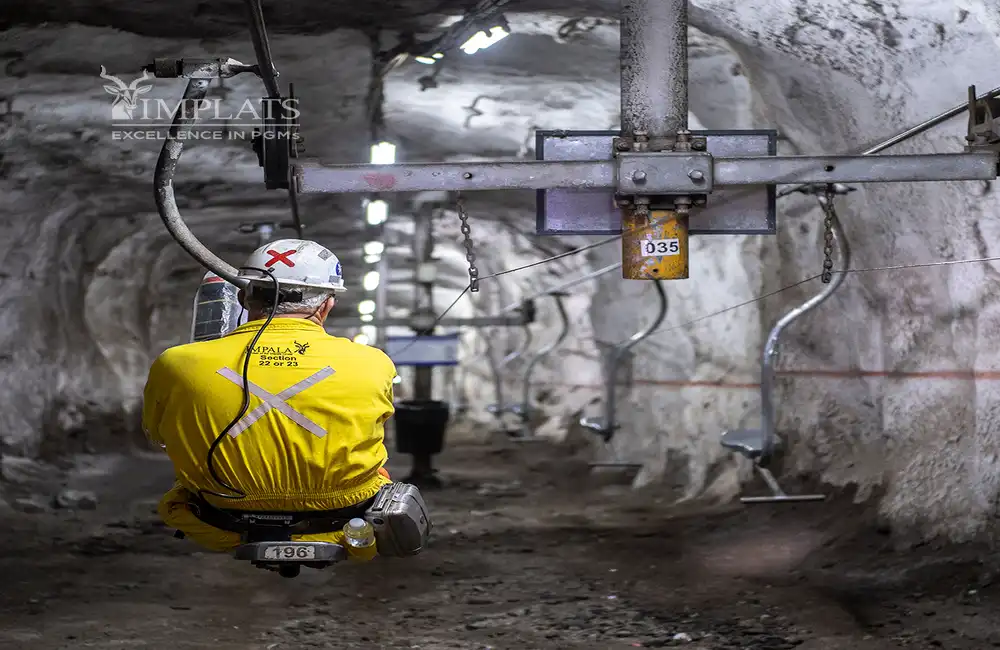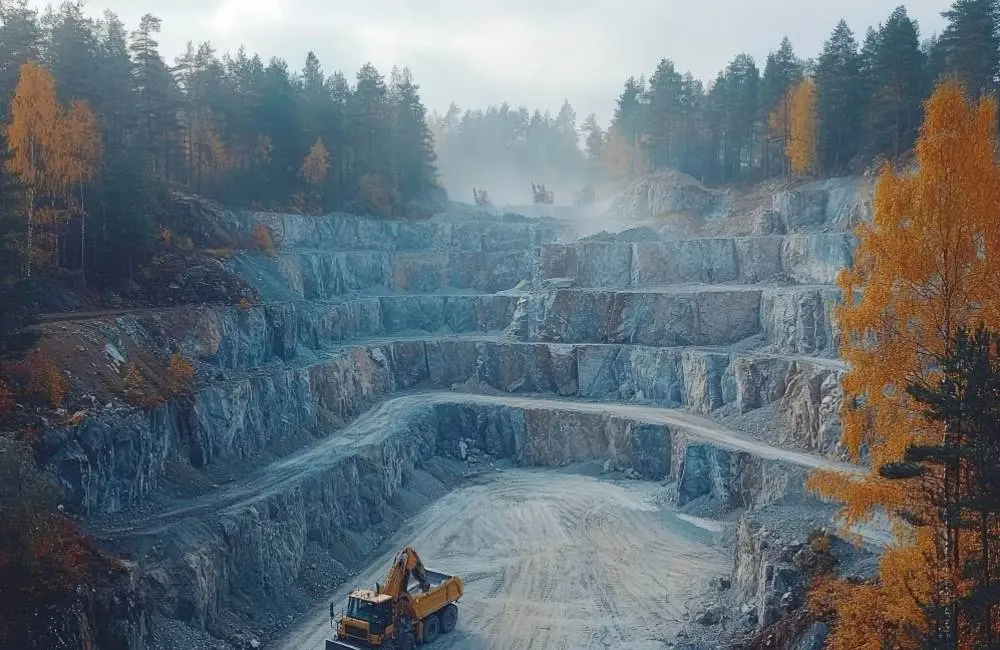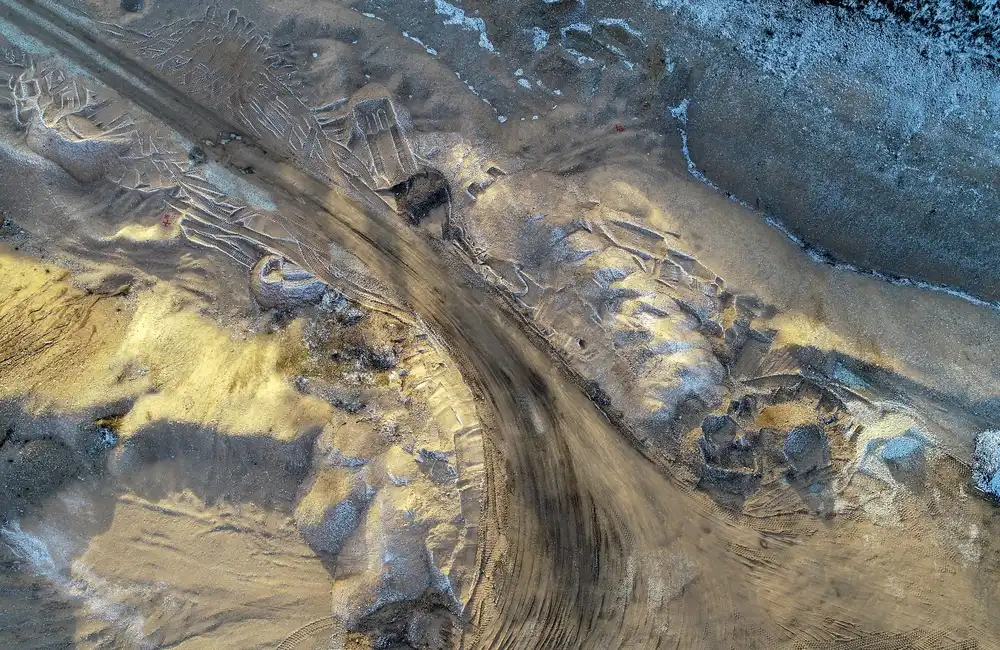A team led by Rio Tinto has received $2.2 million in funding from the Department of Energy to investigate the potential to store carbon at the company’s nickel joint venture in central Minnesota, the firm announced Feb. 14.
The team will explore novel pathways in carbon mineralization technology to “safely and permanently store carbon as rock,” said Rio Tinto, which will provide $4 million in funding for the three-year project.
Carbon mineralization utilizes natural chemical reactions to convert captured carbon dioxide into rock and store it underground, and could become an important technology in helping to meet agreed global climate goals, Rio Tinto said. Carbfix is now using the technology at an enormous scale in Iceland, it said.
“We are looking to provide carbon storage solutions that can support climate targets by abating and offsetting emissions from our operations and across other industries, while also investigating the potential commercial opportunities carbon storage could present across Rio Tinto sites globally,” Rio Tinto chief scientist Nigel Steward said in a statement.
The company said the study will be conducted jointly with DOE's Pacific Northwest Laboratory, Columbia University, Carbfix, and Advantek Waste Management Services and will include Rio Tinto technical experts, with a focus on the Tamarack joint venture in Minnesota.
“This project can mobilize leading industrial players, academics, and experts, showing the global partnerships necessary for fast-tracked climate action,” said Carbfix CEO Edda Aradottir, whose company has more than a decade of experience injecting and storing CO2 from emission sources and the atmosphere with its substance.
Tamarack Nickel Project
The Tamarack nickel, copper, and cobalt project, which is moving toward feasibility studies, is operated by Talon Metals, Rio Tinto's joint venture partner, which will offer ore body expertise and land access for fieldwork, Rio Tinto said. Talon Metals owns 51% of the venture and can earn-in to obtain up to 60%.
Where existing large-scale carbon mineralization projects have focused on areas where rocks of basaltic lava geology are present, as with Carbfix’s site in Iceland, the Tamarack project contains a large bowl of so-called porous ultramafic rock, Rio Tinto said. Although this bowl is outside the resource of nickel and other battery minerals, Rio Tinto said, it can “safely store hundreds of millions of tons of carbon in solid form through natural reactions.”
The project would consist of lab studies and fieldwork to validate the site’s carbon storage potential, determine the region’s hydrology, and assess various carbon mineralization technologies, the company said. The work will include a roadmap by 2025 to direct implementation decisions.
The DOE funding is part of an organization's ARPA-E Innovation Challenge, which funds energy technologies that are too early-stage for private-sector investment.



















